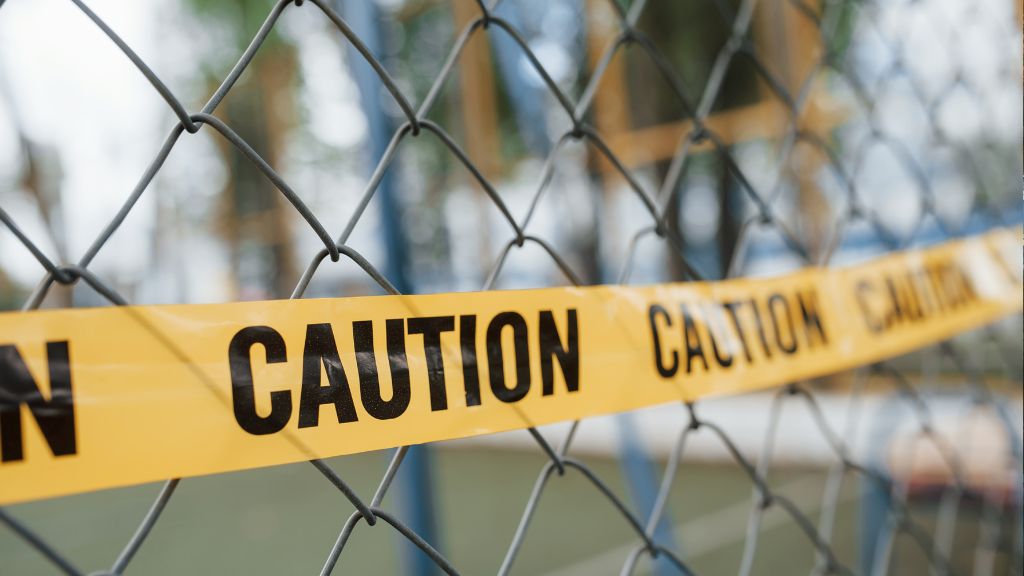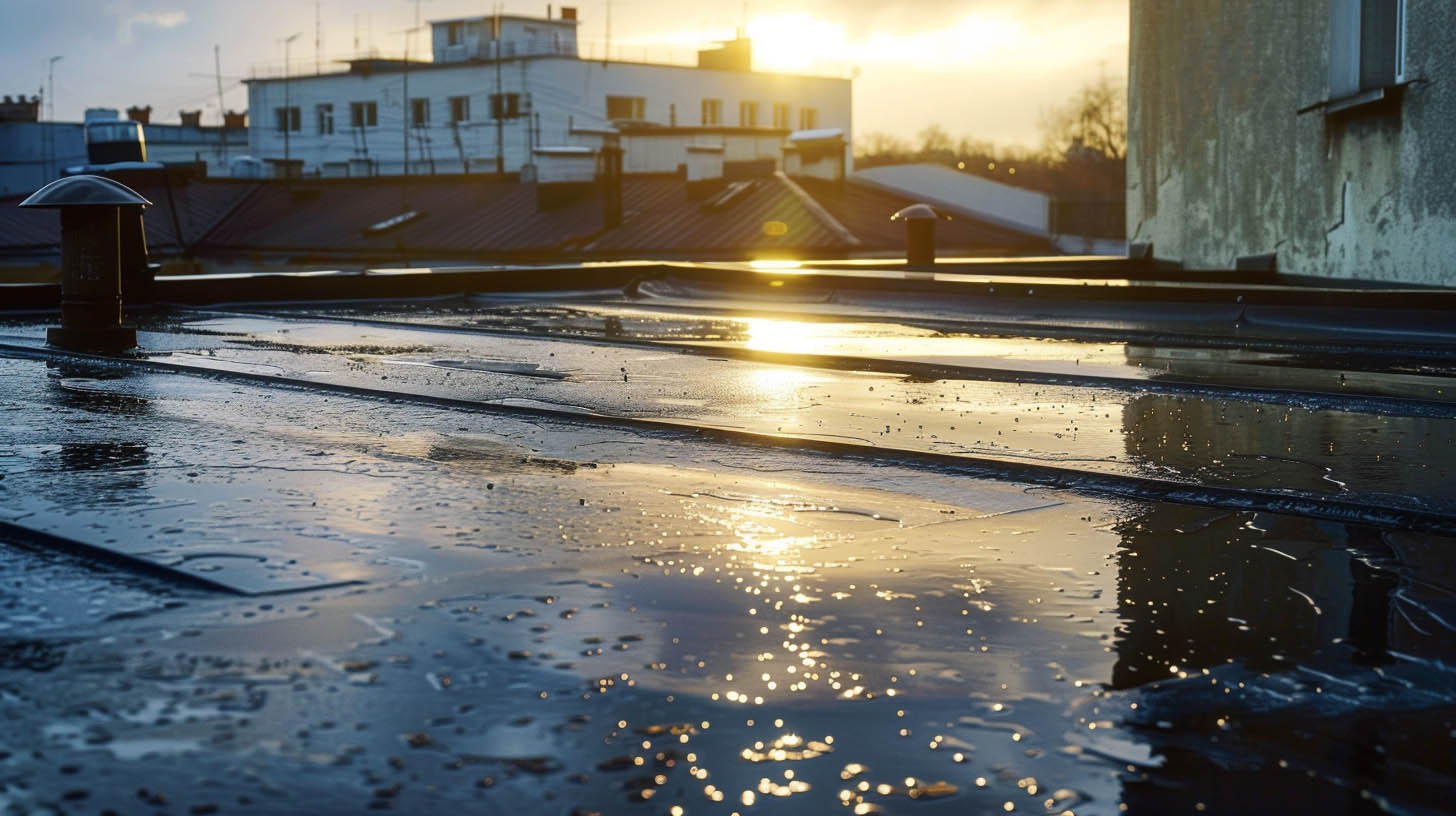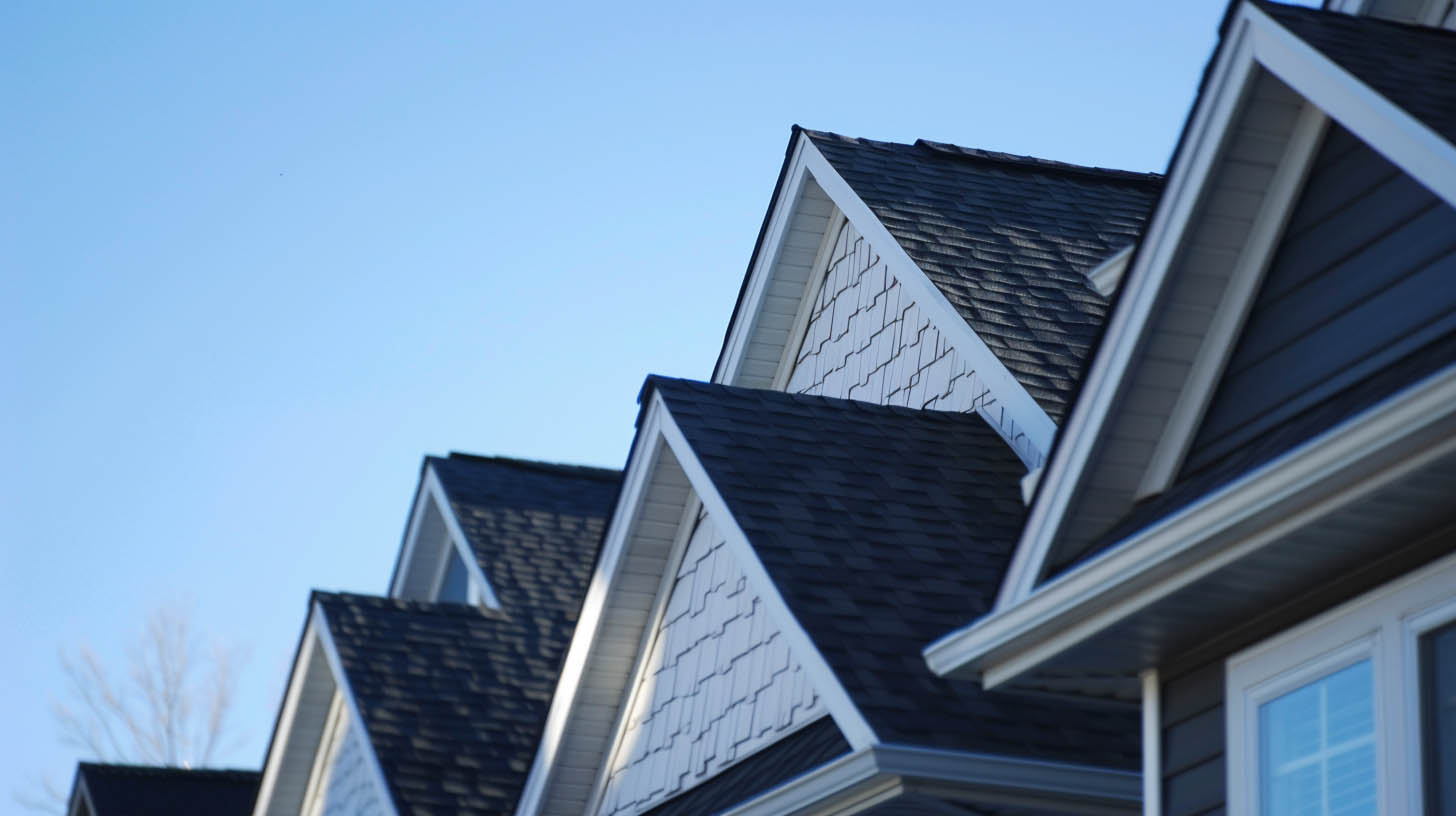
When it comes to renovating your home, few things carry as much weight as the condition of your roof. The decision to replace or repair your roof can have a significant impact on your home’s aesthetics, functionality, and overall value. One common question that homeowners often grapple with is: Can you put new shingles over old ones?
The #1 Con of “Can you put new shingles over old ones:”
The roofing technique, referred to as “roof overlay” or “re-roofing,” has faced criticism. Some older homes might already have two layers of roofing. So, it’s advisable to consult a professional roofer for inspection. Experts generally discourage adding new shingles over old ones. Additionally, if extra layers already exist, adding a third layer could lead to excessive weight on the roof.
In this blog, we’ll delve into the pros and even more cons of putting new shingles over old ones and shed light on the factors that should guide your decision.
Can You Put New Shingles Over Old Ones?

Re-roofing involves installing a new layer of shingles over the existing ones without removing the old roofing material. On the surface, this might sound like an efficient and cost-effective solution. After all, it eliminates the need for extensive tear-off work and reduces the labor involved in the roofing process. However, this approach is not without its complexities and considerations.
Pros of Putting New Shingles Over Old Ones
- Cost Savings: Re-roofing typically costs less than a complete tear-off and roof replacement. The reduced labor and disposal costs contribute to this advantage.
- Faster Installation: Re-roofing is quicker than a full replacement since it bypasses the time-consuming tear-off phase.
- Less Disruption: Because there’s no need to strip off the old shingles, re-roofing generates less noise, debris, and disruption to your daily life.
Cons of Putting New Shingles Over Old Ones
- Shortened Lifespan: The new layer of shingles might not last as long as they would on a completely clean surface. This could result in the need for repairs or a replacement sooner than expected.
- Potential for Hidden Issues: Re-roofing covers up potential underlying problems like damaged decking or leaks, which could worsen over time.
- Weight Concerns: Adding another layer of shingles increases the weight on your roof structure. This could potentially strain your home’s structural integrity.
- Aesthetic Impact: Layering shingles can lead to an uneven appearance, potentially affecting the curb appeal and resale value of your home.
- Local Building Codes: Some areas have building codes that limit the number of layers of shingles allowed on a roof. Check your local regulations before deciding.
- Structural Integrity: Have a professional roofing contractor assess the structural integrity of your roof. If there are any concerns about the strength of your roof’s foundation, re-roofing might not be the best choice.
- Future PlansConsider how long you plan to stay in your current home. Re-roofing might be a short-term solution, but if you intend to stay for the long haul, a complete replacement could be more cost-effective in the long run. Plus – would it be fair to the next homeowner? Probably not.
- Home Inspections: Two layers of shingles on your roof almost always result in a home inspector negatively marking your home’s structural integrity. Negative marks decrease your home’s value, in turn making it near impossible to sell your home. So, beware if you are planning to sell your home.
- Voided Warranties: Manufacturers’ warranties for new shingles may be voided if they’re installed over old shingles. This means you won’t have coverage in case of issues.
Choosing Between
Roof Overlay or Replacement
When it’s time to address roofing issues, homeowners often face the dilemma of choosing between a roof overlay and a complete replacement. While cost and convenience play a significant role in this decision, it’s essential to consider the long-term effectiveness, curb appeal, and protection that your choice will provide.
When calling on the experts, rest assured that they will inspect the following downsides of why choosing the roof overlay option for your home.
More Downsides: Don’t Overlay with Leaks or Damaged Shingles
Damaged Shingles
Damaged shingles prevent the new layer from lying flat and diminish the overall effectiveness of the new roof. Covering up existing damage might provide a quick visual improvement, but it won’t offer adequate protection against the elements or ensure the long-term health of your roof.
Leaks
If your roof is leaking, the decision becomes more obvious. A complete replacement is the best choice, especially when water is infiltrating your home.
A thorough examination of the entire roof structure, starting from the roof decking layer, is necessary when a roof is leaking. Often times, damaged decking needs replacement. Not to mention the need to weatherproof the felt layer between the decking and shingles. With these components restored, new shingles can be added to create a visually appealing and protective roofing system.
Learn more about what to do with bad shingles.
Making the Right Decision
for Your Roof

Consulting with a professional roofing contractor is the wisest step to make an informed decision. They can assess the condition of your current roof, identify any structural problems, and recommend the most suitable course of action. Remember that your roof plays a critical role in protecting your home, and investing in its well-being ensures your home remains a safe and comfortable haven.
In conclusion, when faced with the choice between roof overlay and replacement, consider not only the immediate costs but also the long-term benefits. Prioritize durability, protection, and aesthetics to ensure that your investment in your roof pays off for years to come.
Contact MY PITTSBURGH ROOFING today so we can investigate the existing layer(s) of shingles on your roof.


